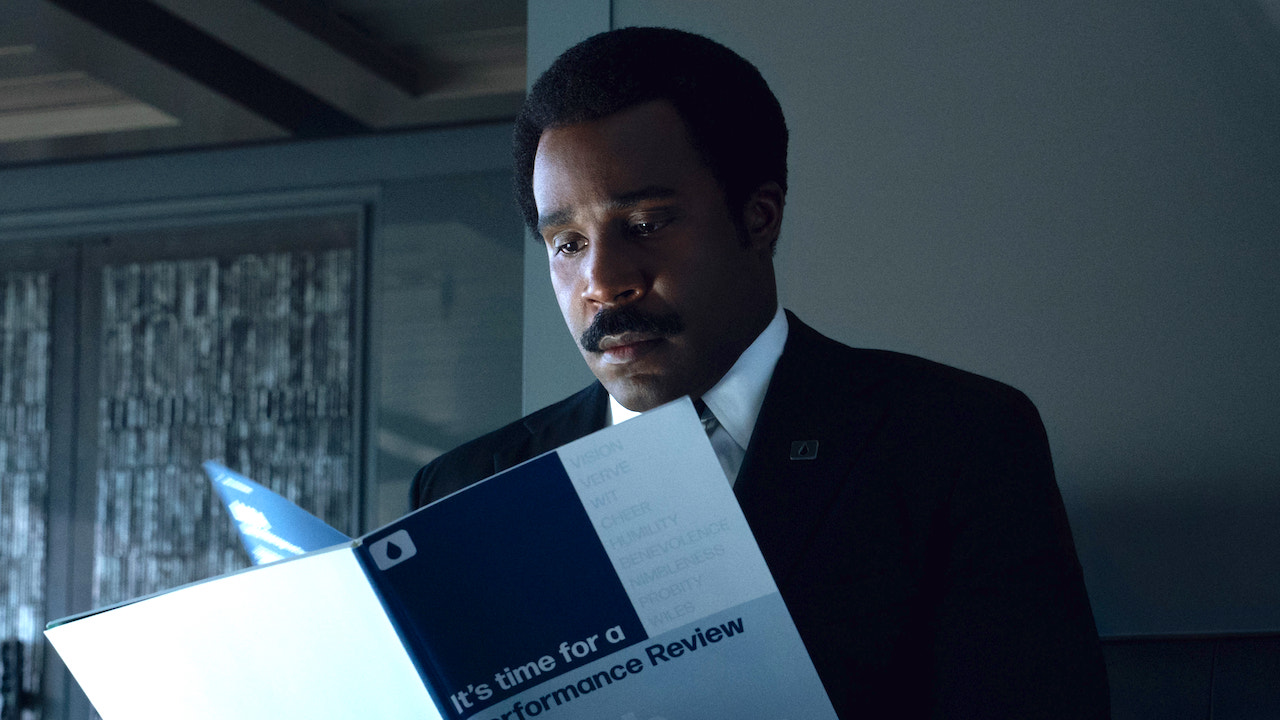Joker Ending Explained: What Really Happened?
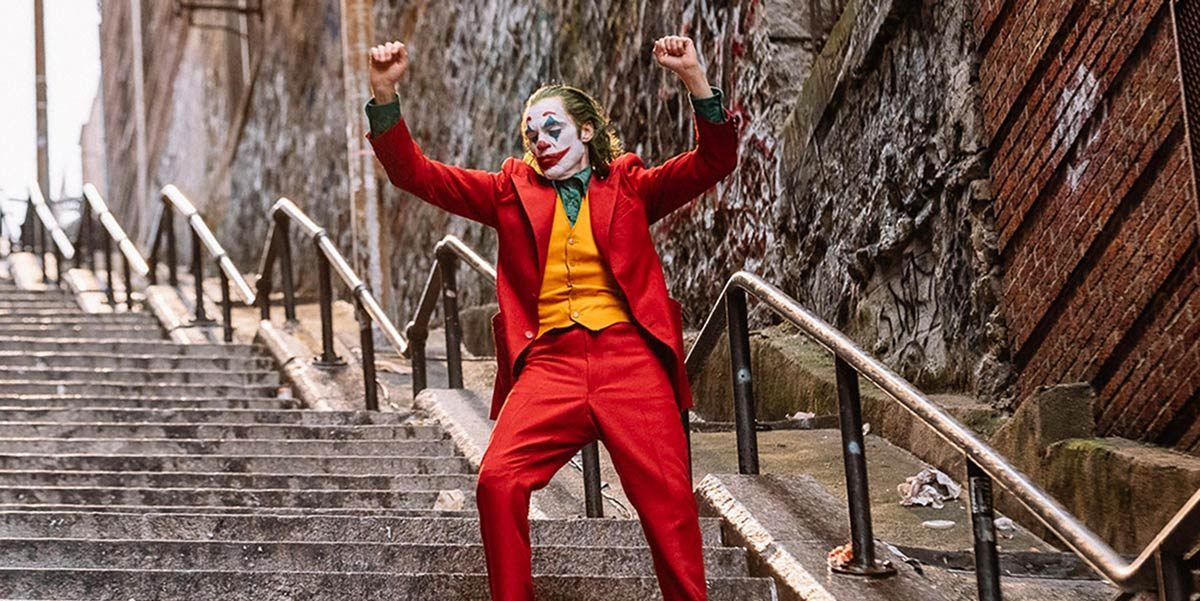
The following contains MASSIVE SPOILERS for Joker. If you haven't seen the film yet, you really don't want to read on. Check out our spoiler-free review, go see the film, and then come back, because you're going to have questions.
After a surprising build up, even for a comic book movie, the highly anticipated Joker is finally here. The movie has begun public screenings and that means the first audiences are finally seeing the end of the film, and the debates about what we just saw are beginning. So what exactly did we all just see during the course of the DC flick and its ending?
Calling Joker's ending ambiguous is putting it mildly. There are a lot of questions worth asking about the events that we see in the film. Let's dive into what happens, and the variety of theories explaining what it could all mean.
What Happens At The End Of Joker?
The snowball that is the ending begins to pick up speed when Joaquin Phoenix's Arthur Fleck gets a phone call from the Murray Franklin Show, the late night Tonight Show-style talk show hosted by Robert De Niro's character. He's Arthur's idol, so even though Franklin had used video of Arthur's lack of comedic skill as a punchline on the show, he agrees to go on.
We watch Arthur rehearsing his appearance on the show. The man certainly has a plan. That plan, based on what we see, is that Arthur expects to blow his brains out on national television. He's going to go out in a blaze of glory, seemingly so that his death will have more impact on the world than his life has to this point.
Arthur arrives at the television studio for his appearance, in full clown face paint, where he's asked to be introduced as Joker. In the dressing room, the idea that Arthur will kill himself is teased once again.
However, after Arthur is introduced on the show, and the moment he had been planning for comes, he ends up choosing not to go through with it. Instead, he confesses on live TV to the murders he had committed earlier in the film, condemns the city and its people for the way it treats its less fortunate. When he finally does pull his gun on the stage, rather than turning it on himself, he shoots Murray Franklin in the head, killing him instantly.
Your Daily Blend of Entertainment News
This, quite obviously, sends everything into a panic. The next time we see Arthur, he's in the back of a police car, laughing in his own unique way. The protests by people in Joker masks, protests that had already been going on, only grow in strength. While Arthur had previously claimed there was nothing political in his clown look, he now embraces the chaos that he seemingly has, however inadvertently, brought about.
The movie could have ended here, but instead, the police car transporting Arthur is broadsided by an ambulance. People wearing Joker masks get out of the ambulance and extricate Arthur from the back of the police car, laying him on the hood in a reverential way.
We then cut to a Gotham City movie theater, showing a double feature, which includes a Zorro movie, which is a nice nod to Batman comic fans. Thomas, Martha, and Bruce Wayne are exiting the theater. Because of the unrest on the street, the three retreat down an alley, and another bystander in a Joker mask sees them. He recognizes Thomas Wayne, and shoots both Thomas and his wife for being the rich people the protest is calling out. It's the classic Batman origin sequence, complete with a shower of pearls from Martha's necklace falling to the ground.
Cutting back to Arthur, he regains consciousness and stands atop the police car. The assembled rioters are cheering him on and Arthur accepts their accolades. In a final moment that seemingly completes his transformation, Arthur uses blood from his own mouth as extra face paint to give himself a larger, darker, "smile."
We cut to black and the sound of Arthur laughing, but our story isn't quite over yet. We next see Arthur, in handcuffs and dressed all in white, in an all-white room. He is clearly in some sort of hospital. There's a doctor or therapist in the room with him. She asks what he thinks is so funny. He says she wouldn't get the joke.
Finally, we see Arthur shuffling down a pristine white hallway, but with each step Arthur leaves red footprints on the floor behind him. In the film's closing moments we see Arthur running back and forth while the staff of the hospital give chase.
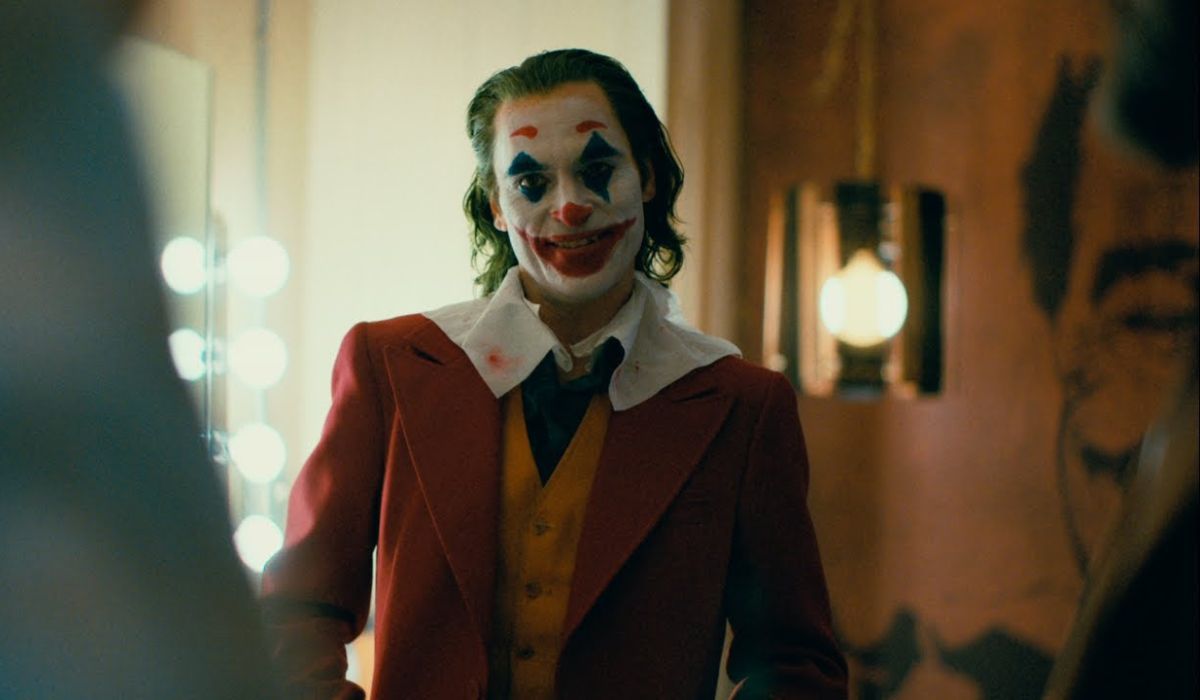
A Literal Interpretation Of Joker
The simplest way to explain Joker is, of course, a straightforward reading of everything that we've seen. There are some problems with doing that, but we'll get there. In this reading, Arthur's killing of three Wall Street bankers begins a grass roots movement against the wealthy in Gotham City, which is happening in the background while Arthur goes about trying to live his own life.
His video that shows him bombing at a comedy club goes viral, or what passes for it in this undated but clearly pre-internet age. It's sort of a vaguely late-70s/early-80s based on the technology. This results in an appearance on a popular television show, where he kills the host, making him a leader in a movement to tear down the wealthy and privileged, which also inadvertently will create Batman, who will, we assume, rise up to fight him.
In this version of the ending, Arthur is apparently re-captured off-screen after "becoming Joker" and has been institutionalized. However, he's clearly still dangerous, as the blood that we see on Arthur's shoes could very well be that of the therapist he had just been speaking with.
This all works as far as it goes, but there's a problem.
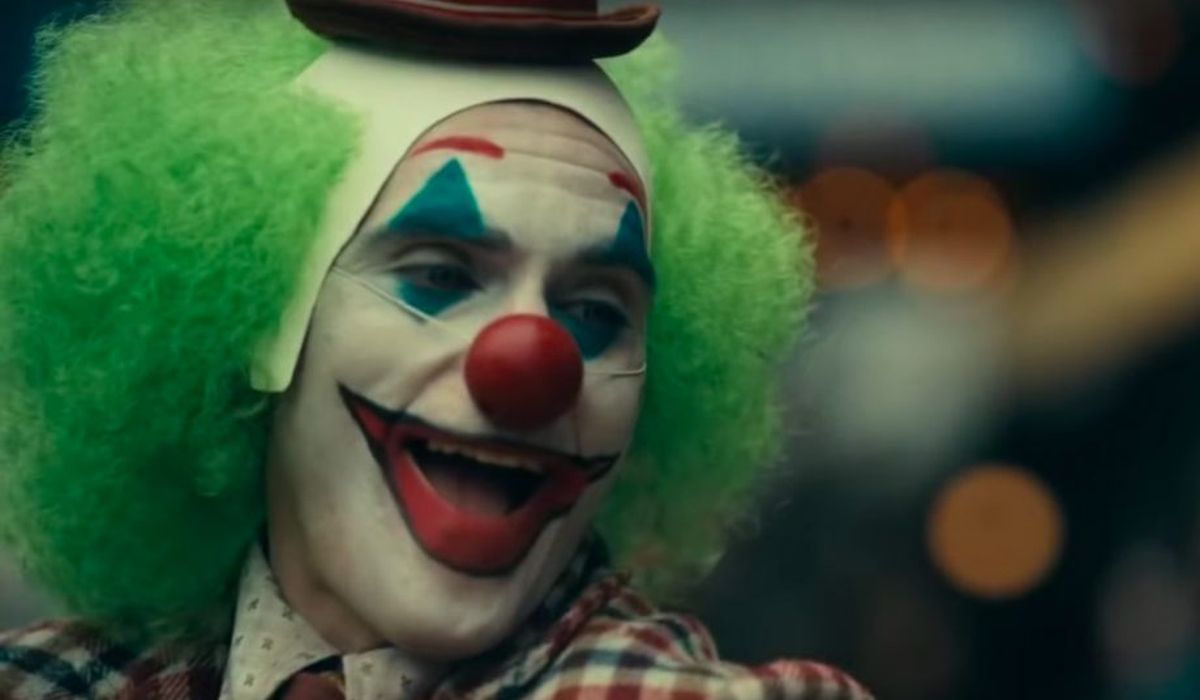
Joker's Unreliable Narrator
The problem with reading Joker in a straightforward fashion is Joker himself. Arthur Fleck has already proven himself, long before the end of the movie, to be an unreliable narrator.
There are two aspects that draw us to this conclusion in the film. First, early in the movie, we see Arthur envision himself as a part of the Murray Franklin television audience, where his idol Murray singles out Arthur for attention, giving him the adoration, and potentially the father figure, that Arthur so clearly wants.
This sequence is all in Arthur's head and that's made clear, but at the same time, the sequence itself isn't filmed in any way to make it obvious that it's a fantasy. The scene as we see it looks to be as real as anything else we see in the movie.
Later, we see Arthur begin a relationship with a neighbor named Sophie, played by Zazie Beetz, She watches his performance at the comedy club and she sits with him at his mother's bedside after she has a stroke. The relationship struck me as odd as it was happening, and it turns out the reason for that is that it wasn't real.
Near the end of the movie, Arthur lets himself into Sophie's apartment and when she discovers him there, it's clear the two have no existing relationship. She recognizes him as her neighbor, but that's all, and she's terrified of him. The sequences with her and Arthur together are replayed for the audience to make it clear that Arthur was always alone in those moments. As such, since we now know things that presented as "real" in the film were not, we can't really trust anything that we see throughout the movie.
With this knowledge, the final sequence of Arthur in the hospital takes on a very different tone. Has everything prior to the cut to black and seeing Arthur in the hospital been part of Arthur's "joke?" Has the entire movie been in his head? We don't see a similar cut to black in any other sequence of the film. There's a clear delineation between everything that came before and this final sequence.
What's more, there's a reference early in the film when Arthur is speaking with a social worker about how he has been previously institutionalized. When this is brought up, we're given a brief look at Arthur banging his head against a door where he's being held for observation. His clothing in that moment, and the room in general, look very similar to the way he's seen at the end of the movie. Is it possible he never actually left?
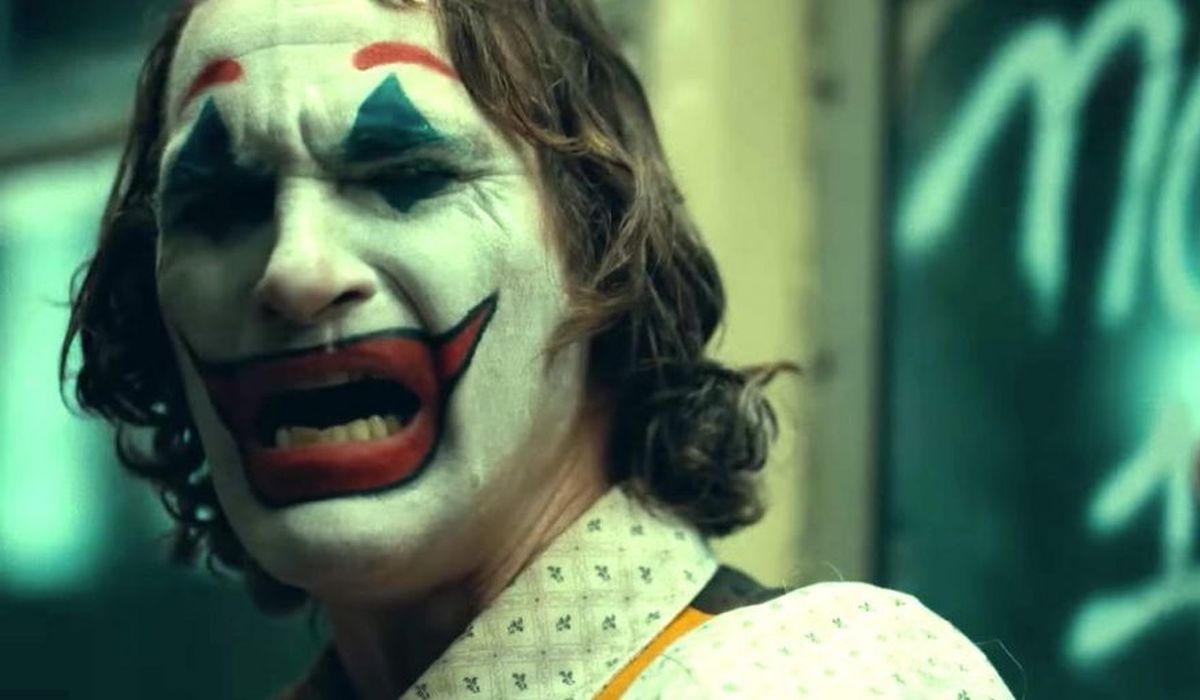
Lingering Joker Questions
Neither of these interpretations are entirely clear cut and both leave some questions worth considering.
If we believe that everything we see here happened just as we see it, it leaves a pretty big question mark as to how Arthur Fleck ended up institutionalized. How he did he go from being rescued by literal Joker henchman to being in handcuffs in a hospital? Clearly, these people surrounding him on the street are willing to go to some extreme lengths to keep Joker out of jail, and leaving out how this happened is a pretty big, and obviously intentional, omission.
Beyond that, even a literal interpretation of the events of Joker has to take into account that parts of it aren't real, so once we accept that's true, we have to be open to the idea that there might still be other aspects of the movie that are in Arthur's head that we aren't specifically told about. Even if we believe that, by and large, the story is the truth, it's not the whole truth.
If everything we see in the story of Joker is actually all in Arthur Fleck's mind, it doesn't explain the things that happen inside Arthur Flack's mind within the story itself. If all of it is a fantasy, then his relationship with Zazie Beets' character is a fantasy within the fantasy. Both the relationship, and the revelation that there was no relationship, both take place inside Arthur's head. That's more than a little convoluted.
If the story is all a mental fiction, then Arthur created the ambiguity of his own parentage. First it looks like Arthur might be an illegitimate member of the Wayne family. Then, we're told that Arthur was adopted and his mother had mental issues of her own. Finally, we see a picture of Arthur's mom as a young woman, with a note on the back by Thomas Wayne, hinting that maybe the relationship was real after all. Is all this evidence that we're inside the mind of a troubled man, or evidence that we're not?
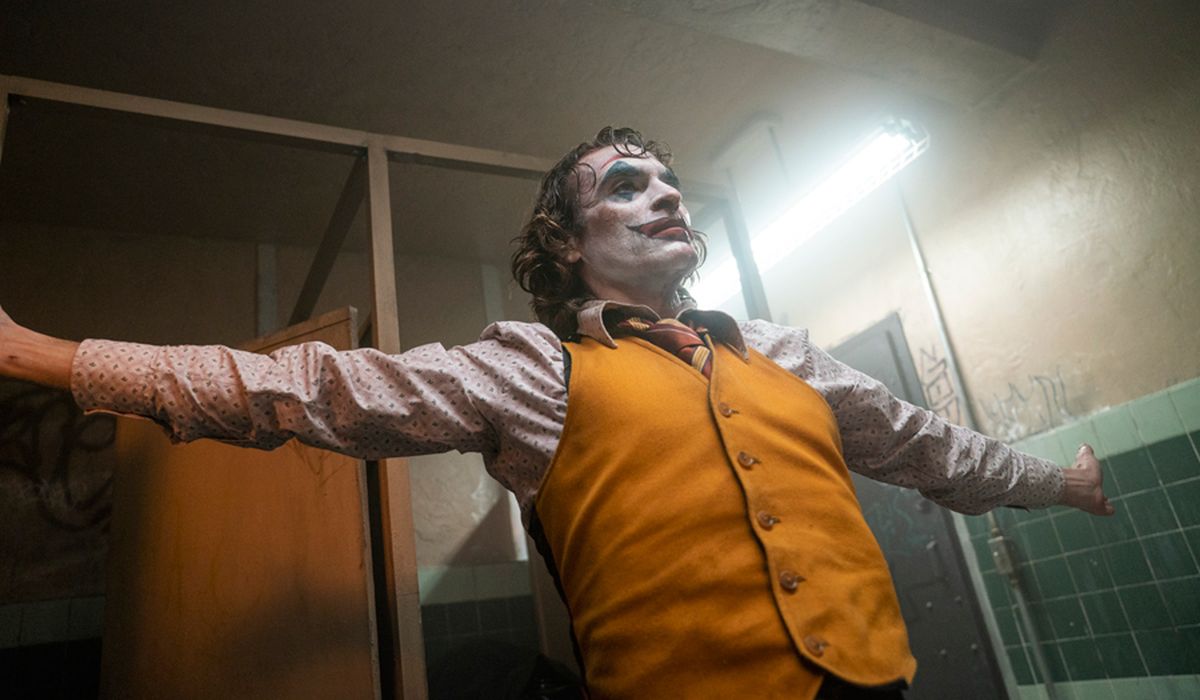
A Third Option?
Perhaps the real answer lies somewhere in between. The fact is that neither of these options is mutually exclusive. Perhaps the movie we just witnessed has all taken place inside Arthur Fleck's mind, but it's more memory than fantasy. The events could have all happened, but we're seeing them through the lens of a troubled man, and thus we're not seeing things exactly how they happened.
Arthur could be remembering the events that have taken place, but changing the parts that he doesn't like. Hell, we've all thought back on events in our lives and considered how they could have gone differently, how they could have gone better. Maybe that's what we're seeing here. This is Arthur Fleck's story as he wishes it had happened.
Of course, if this is what happened, we'll never know the truth. Most of the movie we've seen could be the real story, but any small parts of it could be Arthur imagination. It's impossible to know which is which.
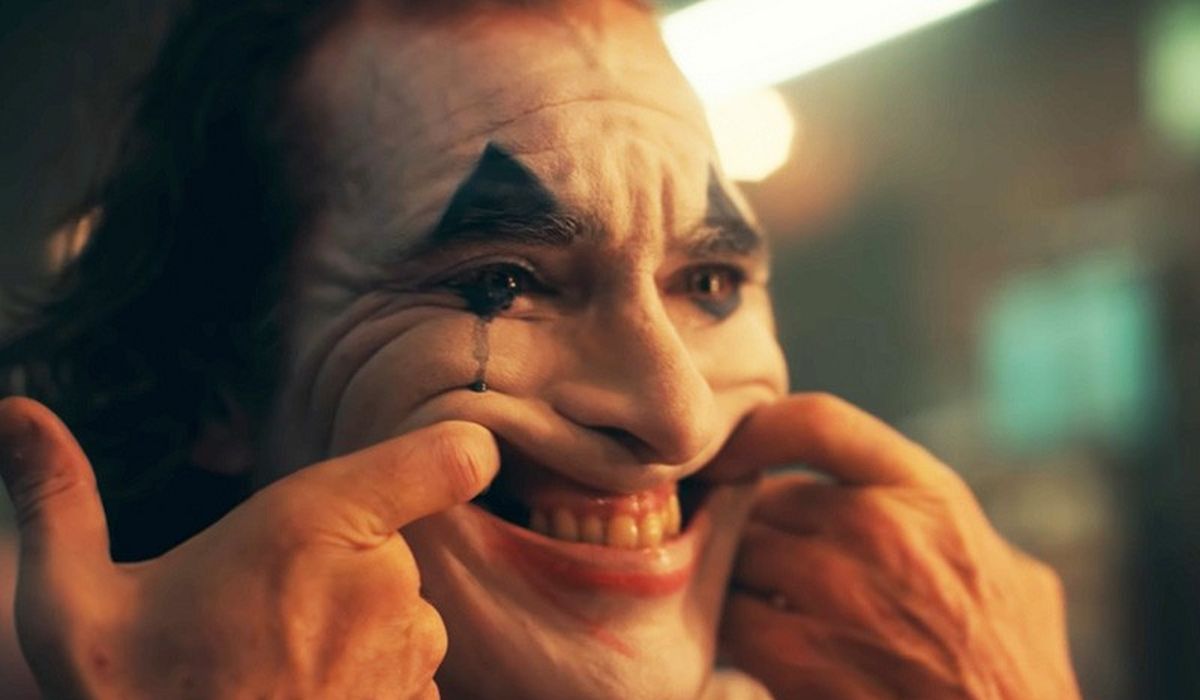
So What Really Happened?
There are answers to these questions, but they're certainly not definitive answers. In the end, it seems clear that the point of Joker's ending is that it not be clear cut, so that fans can debate the topic.
So, let's do that. What do you think? Did the events of Joker as we see them really happen or was everything in Arthur's head? Was it some combination of the two, or is there another angle we're not considering here? Let us know what you think in the poll below.
This poll is no longer available.
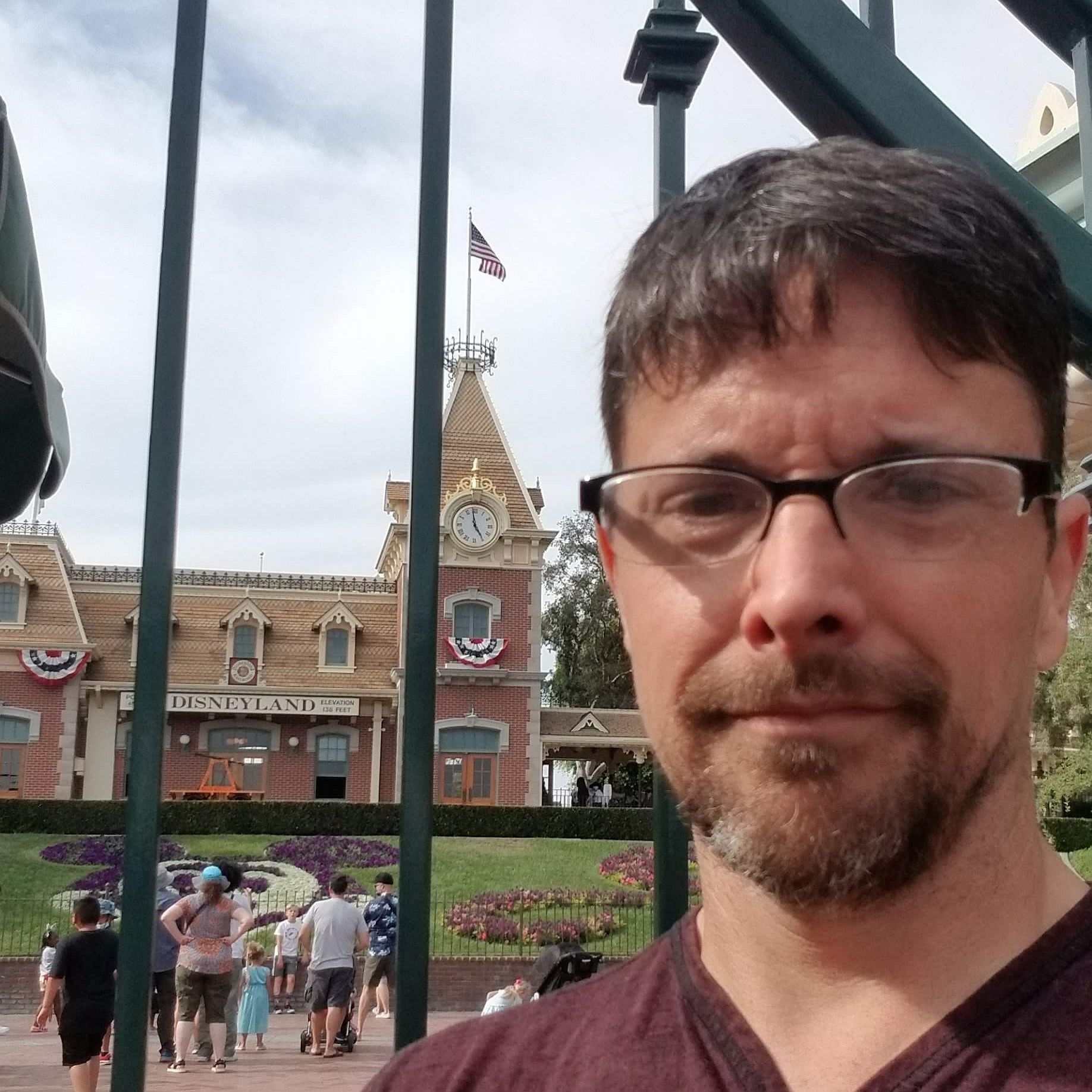
CinemaBlend’s resident theme park junkie and amateur Disney historian, Dirk began writing for CinemaBlend as a freelancer in 2015 before joining the site full-time in 2018. He has previously held positions as a Staff Writer and Games Editor, but has more recently transformed his true passion into his job as the head of the site's Theme Park section. He has previously done freelance work for various gaming and technology sites. Prior to starting his second career as a writer he worked for 12 years in sales for various companies within the consumer electronics industry. He has a degree in political science from the University of California, Davis. Is an armchair Imagineer, Epcot Stan, Future Club 33 Member.
